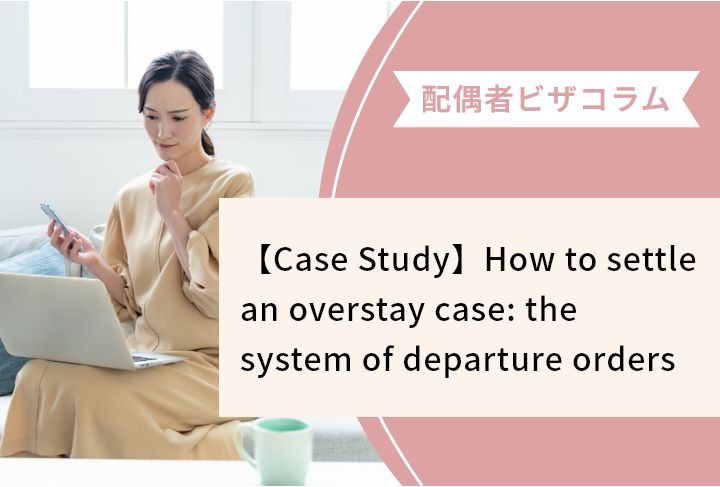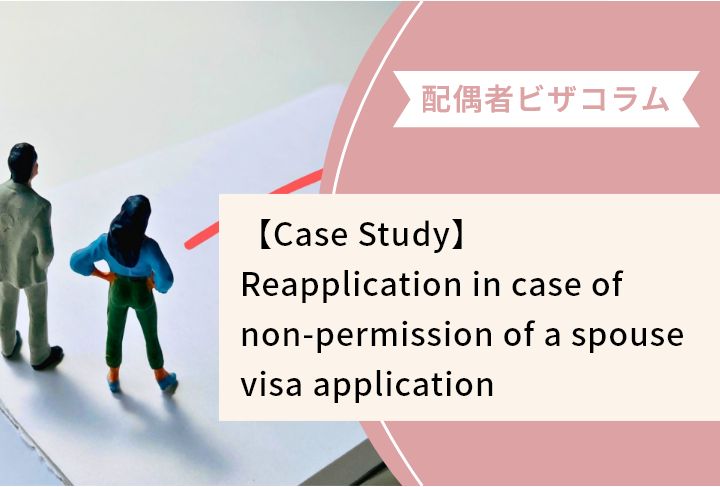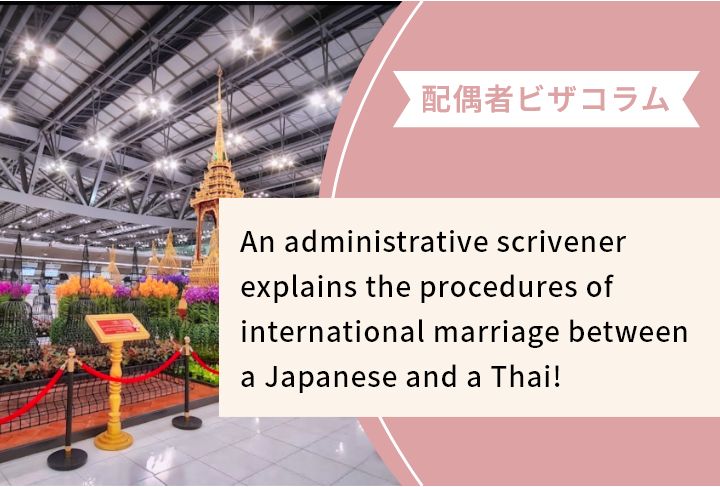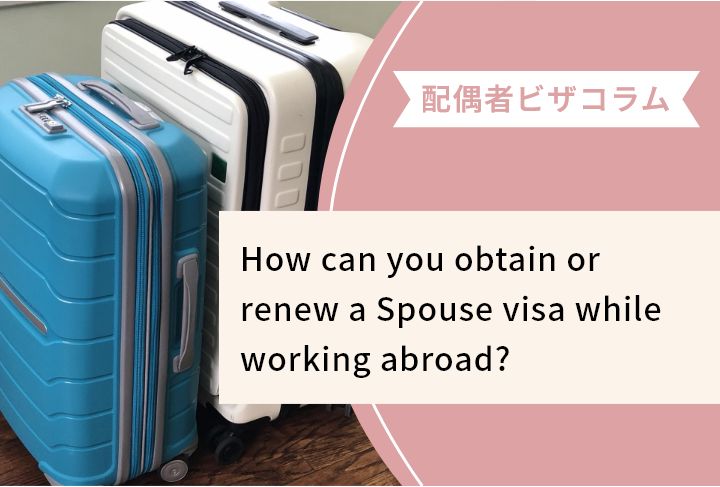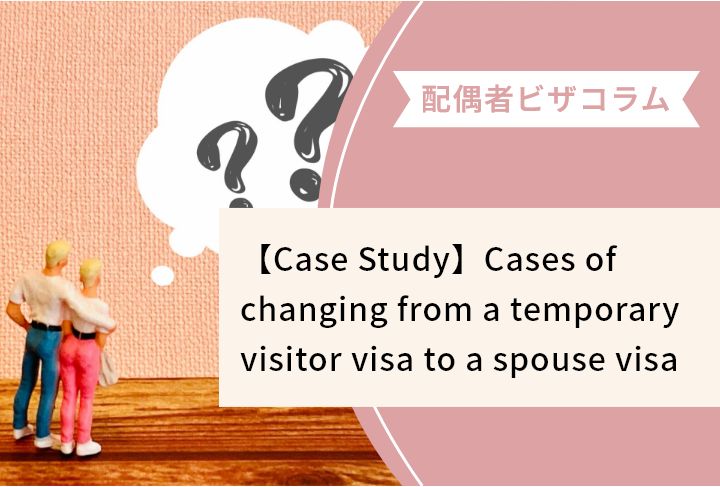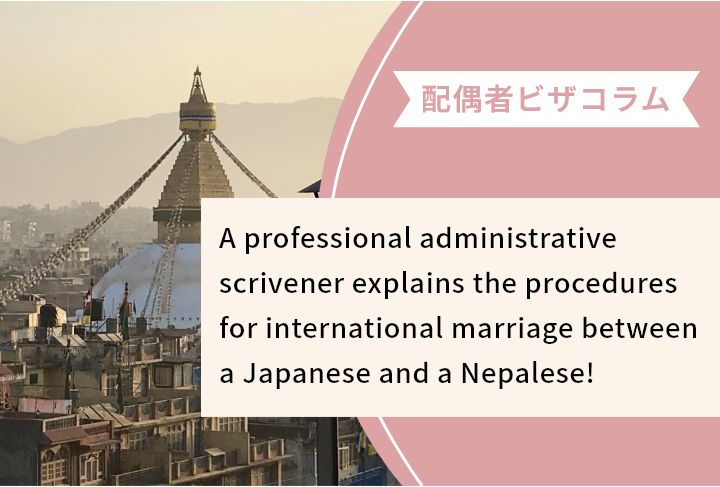【Case Study】Requirements for a long-term resident visa (stepchild visa)

Ms. A, a Chinese female, got married to Mr. B, a Japanese male, and decided to apply for a visa of “Spouse or Child of Japanese National” to live with Mr. B in Japan.
Between Ms. A and her former Chinese husband, there is a 5- year child, C. Since their divorce, Ms. A has raised C by herself, and Mr. B has a good relationship with C, so Ms. A wants to move to Japan with C.
They decided to consult with an administrative scrivener to find out if they could bring C to Japan.
We often get inquiries from Japanese husbands and wives as to whether their spouses applying for spouse visas can bring their children from previous marriage to Japan. It is natural for the supporters and guardians of children to wish to bring their children with them to Japan.
In such cases, long-term resident visas are given to stepchildren like C in the above case.
In this article, we would like to explain the requirements for a long-term resident visa (stepchild visa).
Index
1. What is a long-term resident visa for a stepchild?
The status of residence of long-term resident was established to accept foreigners who are not qualified for any status of residence, but are under circumstances so special that they should be allowed a reasonable period of residence in Japan, according to the judgement of the Minister of Justice.
In the right-hand column under “Long-Term Resident” of the Appended Table II of the Immigration Act, the personal status or position for which residence is authorized is specified as “those who are authorized to reside in Japan with a period of stay designated by the Minister of Justice in consideration of special circumstances.”
When the Minister of Justice designates a foreigner as qualified for the status of residence of “Long-Term Resident,” there are 2 types: one is cases where requirements are listed in the public notice by the Minister of Justice (also called “teijusha kokuji (i.e. the public notice on the long-term resident)”), and the other one is when the Minister of Justice judges from contents of each activity.
According to Article 7, paragraph 1, item (ii) of the Immigration Act, at the time of inspection regarding landing permission, immigration inspectors can decide to grant the status of residence of “Long-Term Resident” only for those who are to engage in activities as a person in a position specified by the Minister of Justice in the public notice on long-term resident. For that reason, if you intend to land with the status of residence of long-term resident, you must fall under one of the types specified in the public notice by the Minister of Justice.
2. Categories of long-term resident visas
There are 2 types of long-term resident visa: the visa for long-term resident listed in the public notice (i.e. activities as a person in a position specified by the public notice on long-term resident) and the visa for long-term resident not listed in the public notice (i.e. it is not an activity as a person in a position specified by the public notice on long-term resident, but the status of resident of “Long-Term Resident” is still given).
In the public notice, items (i) to (viii) stipulates persons qualified for the long-term resident visa and are subject to the application for the Certificate of Eligibility (Please refer to the public notice attached at the end of this article).
The following items are examples of long-term resident not listed in the public notice:
(1) A certified refugee;
(2) A person who wishes to continue to stay in Japan after divorcing his/her spouse who is a Japanese, permanent resident, or special permanent resident (excluding (4) below);
(3) A person who wishes to continue to stay in Japan after the death of his/her spouse who is a Japanese, permanent resident, or special permanent resident (excluding (4) above);
(4) A guardian or supporter of a Japanese child who is his/her natural child;
(5) A person who wishes to continue to stay in Japan regardless of the de facto failure of his/her marriage with his/her spouse who is a Japanese, permanent resident, or special permanent resident;
(6) A person who is no longer eligible for the status of residence of “Spouse or Child of Japanese National” due to dissolution of special adoption with sufficient assets or skills to earn a living (except for cases where the applicant is a minor, etc. and, therefore, needs to be supported or supervised by a real parent living overseas);
(7) A person who has been given a 1-year period of stay under the status of residence of designated activities due to special circumstances after dismissal of a refugee application, and has applied for permission to change the status of residence to long-term resident;
(8) A minor whose parents have already returned to their countries or are missing, and a minor who is a victim of child abuse;
(9) A person who once had the status of residence of long-term resident listed in the public notice;
(10) A person who has continuously stayed in Japan for 10 years or more under a work visa;
(11) A permanent resident whose re-entry permit deadline has passed before reentering Japan; and
(12) A person who completes compulsory education after about the third grade of elementary school in Japan and graduates from high school in Japan under the status of residence of dependent or official.
3. Can stepchild visa holders apply for permanent residency?
Holders of long-term resident visas can apply for permanent residency.
In case of changing status of residence from a long-term resident visa to a permanent resident visa, the residence requirement is shortened to 5 years; therefore, the requirement is fulfilled by staying in Japan for 5 years or more after receiving the visa, instead of staying continuously for 10 years or more.
As you can see, long-term visa holders can apply for permanent residency only after a relatively short period, compared to working visa holders.
Since July 1, 2019, more materials have been required to be submitted to demonstrate income, tax payment, and fulfillment of public obligations, just like materials for work visas.
4. Case study about long-term resident visa (stepchild visa)
Ms. A was the spouse of a Japanese person and had a status of residence of “Spouse or Child of Japanese National.”
C was a minor and unmarried child supported by Ms. A, and fell under item (vi) (d) of the public notice on long-term resident. Therefore, we attached a document certifying the parent-child relationship between Ms. A and C to the application form, and added an explanation about the financial foundation of the household.
The Certificate of Eligibility was successfully issued, and Mr. B was able to start living in Japan with his family.
5. Summary of long-term resident visas (stepchild visas)
There are various types of long-term resident visas, and the provisions of the public notice on long-term resident are very complicated and rules are difficult to understand. Foreigners may fall under the long-term resident, depending on who their relatives are and what activities they conduct in Japan. In addition, since the long-term resident visa is classified into the personal status/position type, long-term residents can work regardless of the content of work.
If you think you may be eligible for the status of residence, we would recommend you to talk to experts, as experts will help to prove relevant facts in details, which is necessary to obtain the status of residence of long-term resident.
(Reference (tentative translation))
〇Notice of the Establishment of Positions Set Forth in the Right-Hand Column under “Long-Term Resident” of the Appended Table II of the Immigration Control and Refugee Recognition Act Pursuant to Article 7, Paragraph (1), Item (ii) of the Same Act (Ministry of Justice Notification No. 132, 1990)
Positions designated in advance among the positions set forth in the right-hand column under “Long-Term Resident” of the Appended Table II of the Immigration Control and Refugee Recognition Act (Cabinet Order No. 319 of 1951. Hereinafter referred to as the “Act”) pursuant to Article 7, paragraph (1), item (ii) of the Act shall be as follows:
(1) Those pertaining to a person who is a Myanmar refugee temporarily protected in Thailand and recognized as a person who needs international protection by the United Nations High Commissioner for Refugees while it requests such protection from Japan, and falls under any of the following:
(a) A person who has the ability to adapt to Japanese society and is expected to find employment sufficient to live a life, and his/her spouse or child; or
(b) A relative of a person who landed with permission to land as a person in the position set forth in this item (limited to those pertaining to (a)) and subsequently continue to reside in Japan when mutual aid between relatives is possible.
(2) Those pertaining to a person who is a Myanmar refugee temporarily residing in Malaysia and recognized as a person who needs international protection by the United Nations High Commissioner for Refugees while it requests such protection from Japan, and falls under (a) in the preceding item:
(3) Those pertaining to a natural child who was born as a child of a Japanese national (excluding those who fall under preceding two items or item (8)) and has good behavior;
(4) Those pertaining to a person who was born as a child of a Japanese national and is a natural child of a natural child of a person who once had a registered domicile in Japan as a Japanese national (excluding those who fall under item (3) or (8) above) and has good behavior;
(5) A person falling under any of the following (excluding those who fall under items (1) through the preceding item or item (8)):
(a) A spouse of a person who resides in Japan with a status of residence of Spouse or Child of Japanese National and was born as a child of a Japanese national;
(b) A spouse of a person residing in Japan with a status of residence of Long-Term Resident with a designated period of stay of at least 1 year (except for those who were permitted to land or to change the status of residence, or to obtain a status of residence as a person holding a position set forth in item (3) or the preceding item or those who were permitted to land as a person who falls under this subitem and has divorced during such period of stay); or
(c) A person who has received permission to land in Japan, to change the status of residence, or to obtain a status of residence as a person with the position set forth in item (3) or the preceding item and is a spouse with good behavior of a person residing in Japan with a status of residence of Long-Term Resident with a designated period of stay of at least 1 year (excluding those who were permitted landing as a person who falls under this item and divorced during such period of stay).
(6) Those pertaining to a person who falls under any of the following (excluding those who fall under any of items (1) through (4) or item (8));
(a) A natural child who is an unmarried minor supported by a Japanese national, a person residing in Japan with a status of residence of Permanent Resident, or a special permanent resident provided for by the Special Act on the Immigration Control of, Inter Alia, Those who have Lost Japanese Nationality Pursuant to the Treaty of Peace with Japan (Act No. 71 of 1991) (hereinafter referred to as a “Special Permanent Resident”);
(b) A natural child who is an unmarried minor supported by a person residing in Japan with the status of residence of Long-Term Resident with designated period of stay of at least 1 year (except for those who have obtained permission to land in Japan, to change the status of residence, or to obtain a status of residence as a person who holds the position set forth in item (3), (4), or (c) of the preceding item.
(c) A natural child with good behavior who is an unmarried minor supported by a person who has obtained permission to land in Japan, to change the status of residence, or to obtain a status of residence as a person who holds the position set forth in item (3), (4), or (c) of the preceding item and resides in Japan with the status of residence of Long-Term Resident with designated period of stay of at least 1 year;
(d) A natural child who is an unmarried minor supported by a person with the status of residence of Spouse or Child of Japanese National or Spouse or Child of Permanent Resident who is a spouse of a Japanese national, a person residing with the status of residence of Permanent Resident, a Special Permanent Resident, or a person residing in Japan with the status of residence of Long-Term Resident with the designate period of stay of at least 1 year.
(7) Those pertaining to a child under six years old who is an adopted child of a person who falls under any of the following and supported by him/her (except for those who falls under any of the items (1) through (4) or previous or succeeding item);
(a) A Japanese National;
(b) A person residing with a status of residence of “Permanent Resident”;
(c) A person residing in Japan with a status of residence of “Long-Term Resident” whose period of stay is designated as one year or more; or
(d) A Special Permanent Resident.
(8) Those pertaining to a person who falls under any of the following:
(a) A person who has continued to reside in a region in China since before September 2, 1945 without withdrawing to Japan under the confused circumstances after August 9, 1945 in certain regions in China, and had a registered domicile in Japan as a Japanese citizens as of the same date;
(b) A person who was born in a region in China on or after September 3, 1945 as a child of persons specified in (a) above and continue to reside in the region of China;
(c) A person who fall under Article 1, item 1 or item 2 or Article 2, item 1 or item 2 of Ordinance for Enforcement of Act on Promotion of Smooth Return of Japanese Remainees in China and Support for the Independence of Japanese Returnees from China and Designated Spouses (Ordinance of the Ministry of Health and Welfare No. 63 of 1994);
(d) Those pertaining to a person who is a Japanese remainee in China set forth in Article 2, paragraph 1 of Act on Promotion of Smooth Return of Japanese Remainees in China and Support for the Independence of Japanese Returnees from China and Designated Spouses (Act No. 30 of 1994) and is a relative of a person residing in Japan as a permanent resident as set forth in paragraph 4 of the same Article (hereinafter referred to as the “Japanese Returnee from China”) who enters Japan to live with the Japanese Returnee from China in Japan, and falls under any of the following:
(ⅰ) A spouse;
(ⅱ) A natural child under the age of 20 (limited to those who have no spouses);
(ⅲ) A natural child with a considerable degree of disability in daily life or social life (limited to those without a spouse) who are supported by the Japanese Returnee from China or his/her spouse;
(ⅳ) A person who is a natural child and is alleged by the Japanese Returnee from China (limited to those who are at least 55 years or who has considerable level of disability hindering the daily life or social life) as the most appropriate person to live with him/her in Japan to provide him/her with necessary support for promotion of early independence and stabilization of life after his/her return to Japan as a permanent resident;
(ⅴ) A spouse of the person set forth in (ⅳ) above; or
(vi) An adopted child of a person falling under any of preceding subitems (a) through (c) or a child born before the marriage of the spouse who has lived with such person since before reaching 6 years old (including cases where he/she lives separately from such person temporarily to attend school or for any other reason. Hereinafter, the same shall apply.) and has been supported by such person or who had lived with such person since before reaching 6 years old until getting married or finding employment and had been supported by such person.







